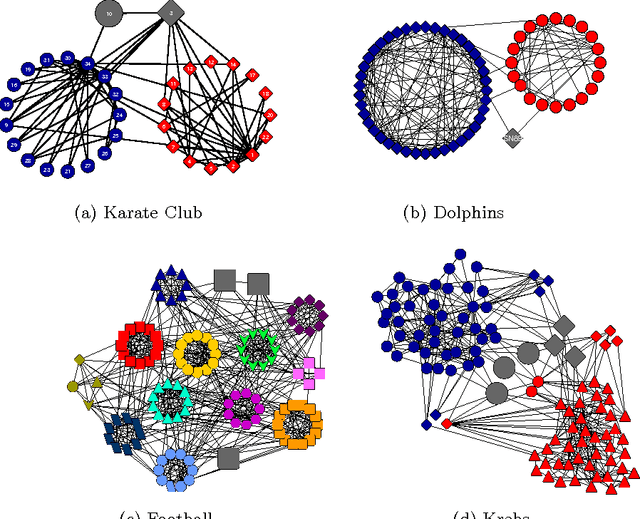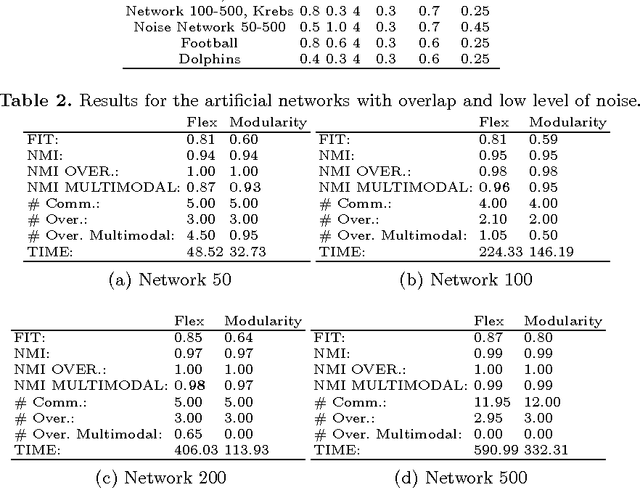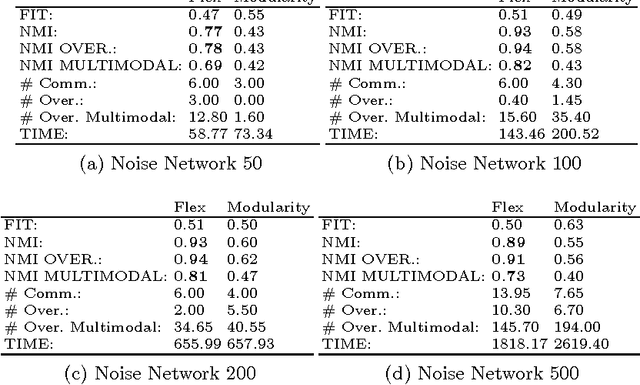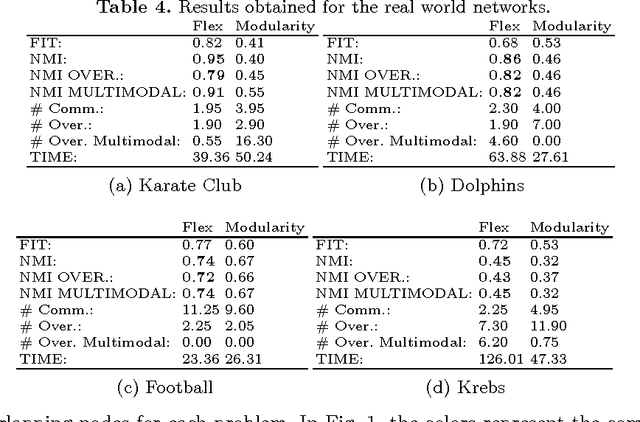A Flexible Fitness Function for Community Detection in Complex Networks
Paper and Code
Jun 10, 2014



Most community detection algorithms from the literature work as optimization tools that minimize a given \textit{fitness function}, while assuming that each node belongs to a single community. Since there is no hard concept of what a community is, most proposed fitness functions focus on a particular definition. As such, these functions do not always lead to partitions that correspond to those observed in practice. This paper proposes a new flexible fitness function that allows the identification of communities with distinct characteristics. Such flexibility was evaluated through the adoption of an immune-inspired optimization algorithm, named cob-aiNet[C], to identify both disjoint and overlapping communities in a set of benchmark networks. The results have shown that the obtained partitions are much closer to the ground-truth than those obtained by the optimization of the modularity function.
 Add to Chrome
Add to Chrome Add to Firefox
Add to Firefox Add to Edge
Add to Edge